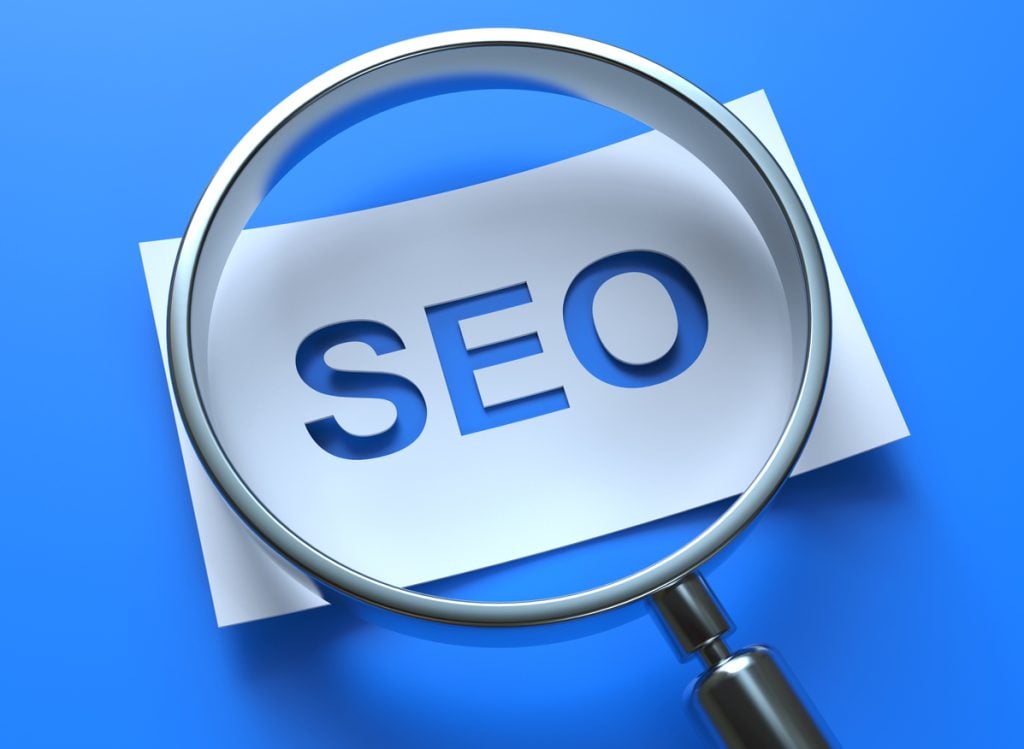Whether you want to build organic traffic to your website, retain users, or build a brand, UX/UI design elements are essential. Did you know that 27% of businesses still don’t have a website? Unfortunately, many of the ones that do can still use some major improvements!
Fortunately, you can improve your website with just a few easy tips. Let’s talk about how UI and UX design works, how they differ, and how they apply to your digital marketing strategy!
What Is UI?
User interface (UI) is the visual effect of your digital presence. This is what users see on your website, including typographical features, colour palettes, imagery, and more. UI is an important aspect of building a recognizable brand, especially if you keep these features uniform throughout your digital marketing strategy.
To understand what UI design involves, think of all aesthetics of your products, website, and online presence (social media, ads, etc.). This is what users see along their journey with your organization, so a poor UI may result in a negative experience for your user.
Designing For UI
There is no singular strategy to design for a high-quality UI. Every brand is different.
For example, a flower shop may use pastel colouring, italicized fonts, and some very unique features. Conversely, a tech company may prioritize keeping its designs as sleek, clean, and legible as possible. Neither one of these examples is inherently better than the other.

However, it does need to be visually appealing and usable. This is important for every device, so it’s important to test your mobile-friendliness. Beyond that, brands have a lot of room to play.
What Is UX?
User experience (UX) encompasses the entire journey your users experience on your website and with your organization. This includes UI, as well as user features on and off of your website. Think of UX as a metric for your entire digital marketing strategy and customer journey.
The term has been used since the 1990s as a result of the improvements to UI. UI no longer covered all of the features someone may experience due to different modes of directing traffic, new features to engage with, and more.
Also, you don’t have to limit UX to your digital space. UX can also encompass your customer’s experience with your product or service, customer service, and more. However, for the sake of this discussion, we will limit it to your digital space.
Many factors, including UI, play into the overall user experience. You can even say that a poor UI is a detriment to UX. For example, a user may have a quite positive experience because of the great UI features on a website that allowed them to quickly navigate to the information they wanted.
Conversely, a user may have a negative experience, even with perfect UI. They may have enjoyed scrolling through a website only to find that a product was not as advertised, shipping costs were too high, or they didn’t find what they were looking for. This is why it’s important to consider the entire user experience, including UI, but not limited to it.
Designing For UX
It is possible to design a website with user experience in mind. UX design will likely include UI design, but not inherently the other way around. This means building a quality web design, but one that also has:
- Useful and relevant content
- Usable features
- Credible sources
- Accessibility features
- Findable information
This should include having clear navigation systems, SEO, and high-quality content for your users. Like UI, this means maintaining a human-first approach to website development in every way possible.
Key Differences Between UX vs. UI
Overall, think of UI as the means of users interacting with your website and UX as what that user takes away afterward. However, it’s best to have UX and UI working together to accomplish the same goals. Specifically, UI plays a major role in determining your user experience.
For example, having a clear and legible page layout with easy-to-read buttons and features will help improve your UX. The bottom line here is to always keep users in mind for every design element, whether users see it or not.
How Does UX/UI Impact Digital Marketing?
A strong UX/UI design will go a long way toward improving a digital marketing strategy. Here are a few examples of how!
Search Engine Optimization
One of the clearest ways that UX/UI affects your digital marketing strategy is with search engine optimization (SEO). SEO is the process of optimizing your website’s content for search engines like Google, and it’s the most important outlet for driving organic traffic to your website.
Search engines like Google use software called “crawlers” to crawl, index, and rank your website. The higher you rank for relevant keywords, the more traffic you will drive.

However, it’s important to understand their goals. Search engines are essentially looking for websites with the highest UX and most relevance. Google uses over 200 ranking factors to determine the quality of your website, mostly related to UX/UI design.
For this reason, there’s no long-term substitute for a user-friendly website in SEO. Essentially, if you want to rank on search engines and drive new traffic to your site, you will need a website with a strong UX/UI design. Remember, you are creating content for users, not search engines!
Improving Conversion Rates
On your email campaigns, ads, and social media campaigns, efforts to improve your conversion rates should start on your website. This is because your website is where you have the highest level of control.
Your website is the de facto center of your entire digital marketing strategy and should be treated as such. It’s where all of your digital marketing efforts attempt to drive traffic. Without proper UX/UI, you will lose a lot of this traffic.
How many times have you gone to a website hoping to find a product, service, or information, and had to leave to find another? It’s likely such a common occurrence that no examples stand out in your mind.
When users are hit with slow loading times, a difficult navigation system, or a less-than-legible design, they won’t stick around for long. For that reason, you need to nail the first impression with a proper landing page and follow up with that same level of quality throughout the users’ journeys.
You can explore some great website designs on Design Rush for inspiration.
Branding
Again, keeping UX/UI in mind for designs for products, your physical store, and your marketing efforts is also important. Don’t limit your UX/UI strategy to your website. If you want to build a high-quality, recognizable brand in the minds of your target audience, you will need to apply these efforts elsewhere as well.
The benefits of a proper branding campaign can be enormous. Most of us can recognize a Google product just by seeing 4 colours, regardless of the shape it takes.
Again, you don’t have to compete with tech giants. There are smaller brands that benefit from this same level of recognition with their niche target audience. If you want these same benefits for your company, there’s no time like the present to start building a brand.
Building a UX/UI Website
Achieving a proper website design is no easy feat. There are plenty of DIY tools out there that promise amazing results. Still, they aren’t sufficient for businesses looking to expand their reach and use their websites for marketing purposes.

Consequently, businesses need to have professional websites to compete in today’s world. Where do users spend most of their time? In most cases, it’s on sites like Google, YouTube, and Facebook.
While we aren’t suggesting you have to compete with tech giants, there is a certain expectation they set. If your site stands out as a DIY or outdated website, users may look elsewhere.
That means there is no substitute for professional UX/UI web design services. A small investment now can translate to enormous gains later on for your marketing efforts.
The best part is that once your website is up to today’s standards, maintenance is limited! This can even save you money in the long run, while still offering the benefits mentioned above.
Now that you know a little more about UX/UI design and how they coincide with your digital marketing strategy, you can see why it’s so important. There’s no substitute for a strong website built with human needs in mind. Once you have it, you’ll see the difference in your bottom line!
Stay up to date with our latest marketing tips, and don’t hesitate to contact us with any questions or for help with your strategy!
